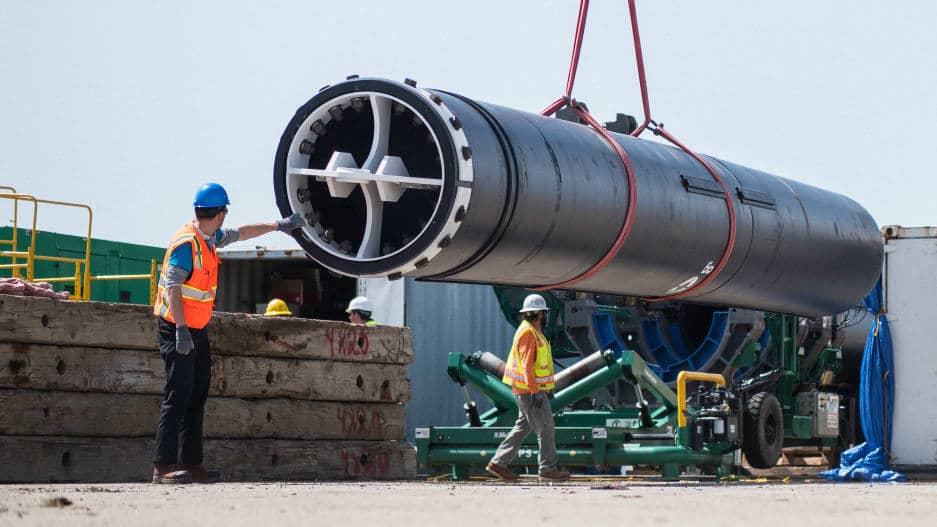Boyan Slat presented an idea at a TEDx talk six years ago to help clean up the ocean. He was only 18 years of age at the time. He learned that cleaning the tiny plastic particles in the ocean could take nearly 80,000 years as they are constantly being carried around by ocean waves. Slat wanted to use this movement as an advantage and had an idea to pull out plastic to be recycled much more quickly.
Scientists did not back his idea right away and were skeptical about the technology. Slat did not lose heart and dropped out of his first year of university to pursue the concept. He founded the nonprofit The Ocean Cleanup in 2013 and raised $2.2 million in a crowdfunding campaign. Other investors like Salesforce CEO Marc Benioff also joined and brought in millions more to fund the project.

The Ocean Cleanup says that it will bring back the first harvest by the end of 2018. The organization expects to bring back 5,000 kgs of plastic ashore per month with the first system to prove that the design works. They also say that with a full fleet of systems deployed, they can collect half of the plastic trash in the Great Pacific Garbage Patch within five years. This measures around 40,000 metric tons.
A giant floating tube is used by Ocean Cleanup. It is made of a durable plastic called HDPE which can float in water and is flexible enough to bend with the waves but rigid enough to form a U-shaped barrier to stop the plastic floating on the ocean’s surface.
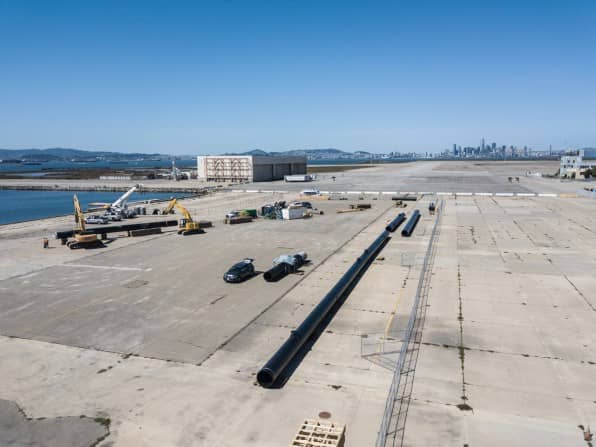
A strong nylon screen attached underneath will catch some of the plastic below the surface but will not affect the marine life as it is not a net. Anchors, floating in still water hundreds of feet below the surface will help steady the device so it moves slowly and can easily scoop up the plastic that is collected in front of the device.
It has not been an easy road and there have been numerous challenges along the way. Slat, who is now 23 years old said, “There were many times in the last few years that were really rough.” However, he did not give up on The Ocean Cleanup and they are just about to launch the first piece of the technology.
“I would never be able to work on a photo-sharing app or ‘internet startup XYZ,’” he says. “I think people overestimate the risk of high-risk projects. Personally, I think I would find it much harder to make a photo-sharing app a success–it sounds counterintuitive, because it’s much easier from an engineering perspective, but I think if you work on something that’s truly exciting and bold and complicated, then you will attract the kind of people that are really smart and talented. People that like solving complicated problems.”
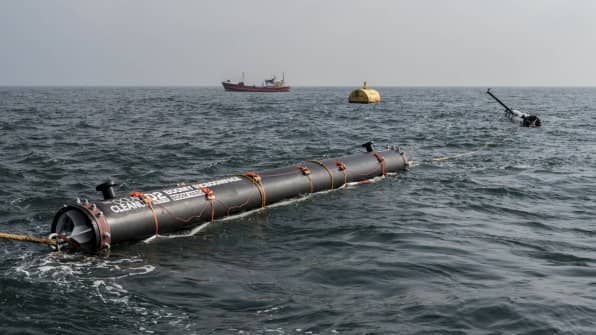
The first piece of technology is the size of a football field and will be towed out of the San Francisco Bay to see how it holds up to towing as it will have to be towed for three weeks to reach the Pacific Garbage Patch. If the tow test is successful, the engineers will connect the rest to form the total of 2,000 feet of piping.
After completing the assembly, the equipment will be taken 200 miles offshore for a final test. This will check if the whole system operates correctly. If all goes according to plan, they will set sail for the Gyre and arrive in August. They plan to come back with a shipment of plastic by late fall.
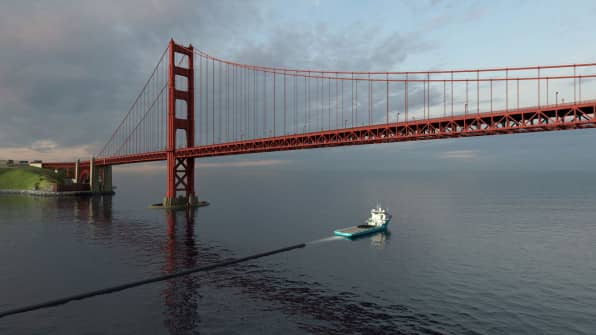
It’s an ambitious plan. But Slat argues that it’s a mistake, in some cases, to start with more modest solutions and scale up. In the case of ocean plastic, using smaller technology for collection would take too long. “I think very often problems are so big, people approach problems from the bottom up: ‘If only I do this little bit, then hopefully there will be some sort of snowball effect that will be bigger and bigger,’” he says. “I’m much more in favor of the top-down approach to problem-solving. Really ask, if the problem is this big, how do you get to 100%? Then knowing what it takes to get to 100%, work your way back. Well, what do I have to do now?”
Ocean Cleanup is one thing but dumping trash into the ocean needs to be stopped. “Cleanups play an essential role in dealing with the symptoms of ocean plastics pollution, but they do not address the causes,” says Sander Defruyt, New Plastics Economy lead for the Ellen MacArthur Foundation, an organization that works on helping create closed-loop systems for plastic. “They cannot keep pace with the rising tide of plastic pollution. To tackle the plastic pollution crisis, there is an urgent need to rethink the way we make, use, and reuse plastics. This will require innovators, industry, and governments to collaborate and develop solutions that prevent plastic from becoming waste in the first place.”
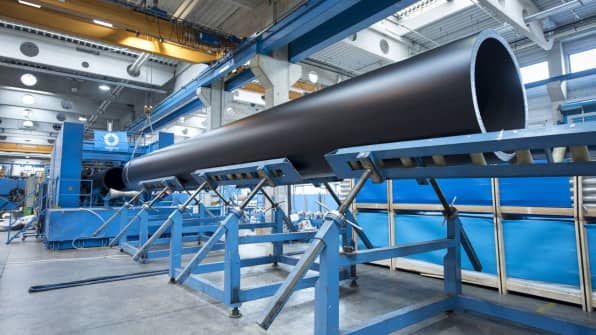
The enormous amount of plastic already in the ocean needs to be fished out. The Great Pacific Garbage Patch was found 16 times larger than originally thought which was described in a study by The Ocean Cleanup. “It does further underline why it’s urgent to clean up,” says Slat. “Most of [the plastic] is still large, which means that in the next few decades if we don’t get it out, the amount of microplastics can be tenfold or 100-fold. It’s this problem that’s waiting out there to magnify many times unless we can take it out.”
It is a really good initiative and we will know how successful it is before the year runs out.

